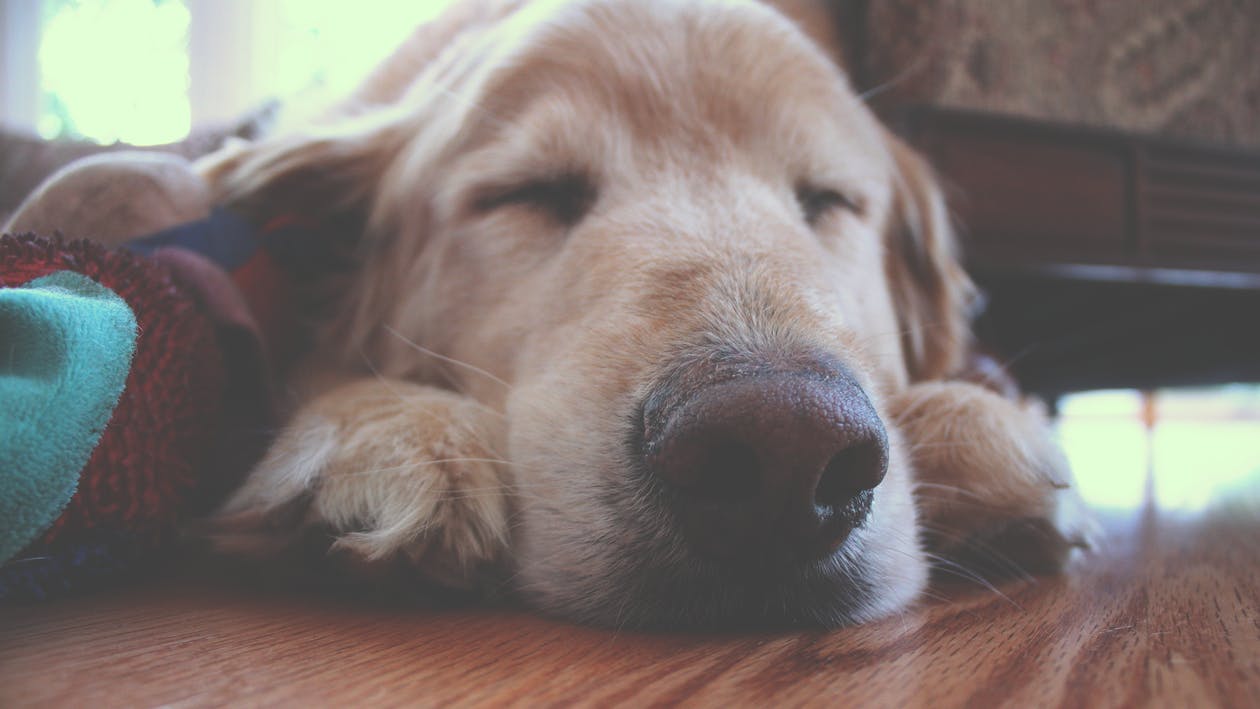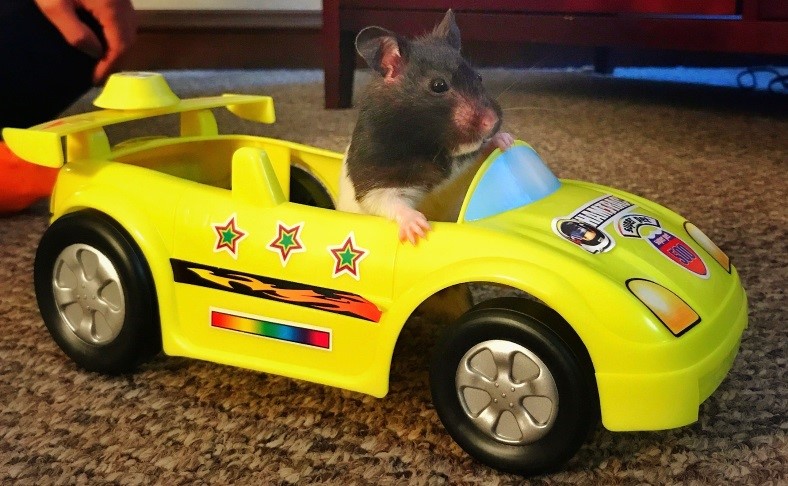How to Fly a Pet Overseas:
The expatriate lifestyle presents a series of new adventures and challenges. While exciting and lively, getting ready to relocate can also be stressful. Moving belongings, creating new bank accounts, updating passports, driver’s licenses, and everything else an expatriate must do can take a tremendous amount of time and effort. And things only get more complicated when one’s furry friend needs to come along for the journey.
Most people have limited experience with preparing a pet for an international move, and the unknown can be quite scary. While the process to take a pet overseas is extensive, understanding the procedure and knowing what to expect can make the process significantly less stressful.

The first thing to do is contact a veterinarian, preferably one with experience preparing animals for international travel. It’s important to do this months before a move, since gathering documents and updating a pet’s shots can take a great deal of time (additionally, some countries require vaccinations up to six months before departing the home country). It’s also important to know which countries require which vaccinations. Most likely, a rabies vaccine will be needed, but other vaccinations may be required. The United States Department of Agriculture (USDA) has an interactive tool that helps individuals know what vaccinations are required for each country. An International Health Certificate will also be required; this can be obtained from the USDA as well. Some countries, like Japan, may even require microchipping, blood tests, and a 180-day waiting period after the initial blood test, before the pet is able to gain access to the country.
It’s also smart to bring along copies of a pet’s general health records. Issues that arise in the moving process can be more easily resolved with accessible health records.
Some countries may require that dogs undergo quarantine before being granted access to the country. This is usually done to examine the dog for rabies. Countries this can be expected in include Australia, New Zealand, Japan, and Singapore. This may sound alarming to first-time travelers, but most quarantine centers are government-run and are safe establishments for your furry friend.

Flying a Pet:
- Airline pet regulations. Every airline has different requirements when it comes to flying animals. Some airlines allow smaller dogs, cats, and other species to ride with their owner. Other airlines ship pets in the cargo hold, while some even have special compartments designed specifically for pets. Airlines may have requirements on pet carriers, and some have restrictions on certain breeds. Most airlines won’t fly animals during certain times of the year, as sweltering or freezing temperatures make flying in the cargo hold unsafe for pets, and others won’t fly animals at all. Calling airlines and understanding their regulations and methods will make a move with a pet much easier. This list outlines some airline regulations on flying pets.
- Cover the inside of pet carriers with puppy liners since they can absorb accidental “spills.”
- Animals with scrunched faces (boxers, pugs, Boston Terriers, bullmastiffs, bulldogs, Persian and Himalayan cats, etc.) are at an elevated risk when in flight, as these breeds have narrow nasal passages. Thinner air could cause oxygen deprivation in these animals, ultimately resulting in death. If flying is absolutely necessary with these breeds, then the cargo hold should be avoided at all costs.
- Avoid connecting flights and transfers, as boarding new flights could result in an accidental misplacement of a pet.
- Photos of the animal should be attached to its carrier and kept with the pet’s owner, so that in the event that a pet is lost in transit, it can be easily identified once found.

General Tips:
- Check bans on breeds. Some breeds of cats and dogs, or even entire species, may be banned from entering a country (or flying). It’s imperative that laws and bans are checked prior to beginning the moving process.
- Professional dog and cat show websites may have some relevant information on pet traveling details and tips since people in these organizations fly with pets on a regular basis.
- Companies, such as PetRelocation, can alleviate the pet-moving process.
- It’s crucial to understand that a country’s pet regulations can change quickly with little-to-no notice. The smoothest pet travel experiences are a result of the pet owner’s dedication and meticulousness.

Are you currently preparing to move to another country? Check out these four unique tips on how to best prepare yourself for life abroad!
In need of a pet-friendly temporary accommodation? Dwellworks can help!



